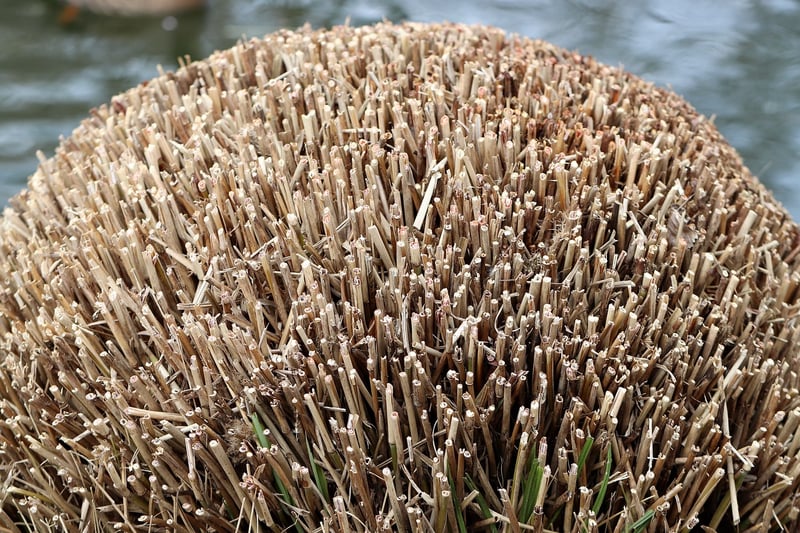Pruning vertical plants
Keeping Your Vertical Garden Healthy
Vertical gardens are a fantastic way to bring greenery into urban spaces, but maintaining their health requires some care and attention. By following these tips, you can ensure that your vertical garden thrives and stays lush and vibrant.
1. Choose the Right Plants
Not all plants are suitable for vertical gardens. Select plants that thrive in the conditions of your space, whether it's indoors or outdoors. Consider factors like light levels, humidity, and temperature when choosing your plants.
2. Water Regularly
Vertical gardens can dry out quickly, so it's essential to water them regularly. Check the moisture levels of the soil frequently and adjust your watering schedule as needed. Consider installing a drip irrigation system for efficient watering.
3. Provide Adequate Light
Light is crucial for plant growth. Ensure that your vertical garden receives enough natural light or supplement with grow lights if necessary. Rotate your plants occasionally to ensure even light distribution and prevent leggy growth.
4. Fertilize Appropriately
Plants in vertical gardens may need more frequent fertilization due to the limited soil volume. Use a balanced fertilizer to provide essential nutrients for healthy growth. Follow the instructions on the fertilizer package for the best results.
5. Monitor for Pests and Diseases
Keep an eye out for pests and signs of disease in your vertical garden. Inspect your plants regularly for any unusual spots, holes, or pests. Treat any issues promptly to prevent them from spreading to the rest of your garden.
Pruning Vertical Plants
Pruning is a vital part of vertical plant care that helps maintain the health and appearance of your garden. Follow these pruning tips to keep your vertical plants in top condition:
1. Remove Dead or Yellowing Leaves
Regularly check your plants for dead or yellowing leaves and trim them off. Removing these leaves not only improves the appearance of your garden but also prevents the spread of disease.
2. Trim Overgrown BranchesPlants in vertical gardens can become leggy or overgrown. Prune back any excessively long branches to encourage bushier growth and maintain a compact shape. Use sharp, clean pruners to make precise cuts.
3. Shape Your Plants
Pruning can help you shape your plants and control their growth. Trim back unruly branches to create a more uniform and aesthetically pleasing appearance. Consider the natural growth habit of each plant when shaping them.

By following these tips for maintaining and pruning your vertical garden, you can enjoy a thriving and beautiful green space in any environment.
